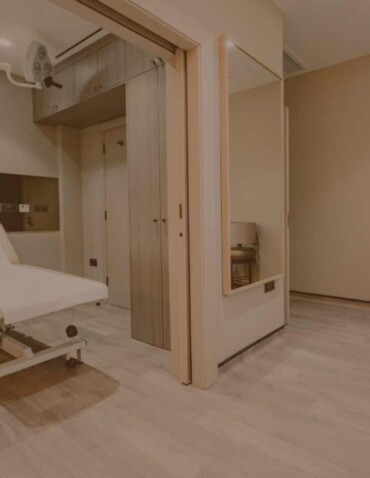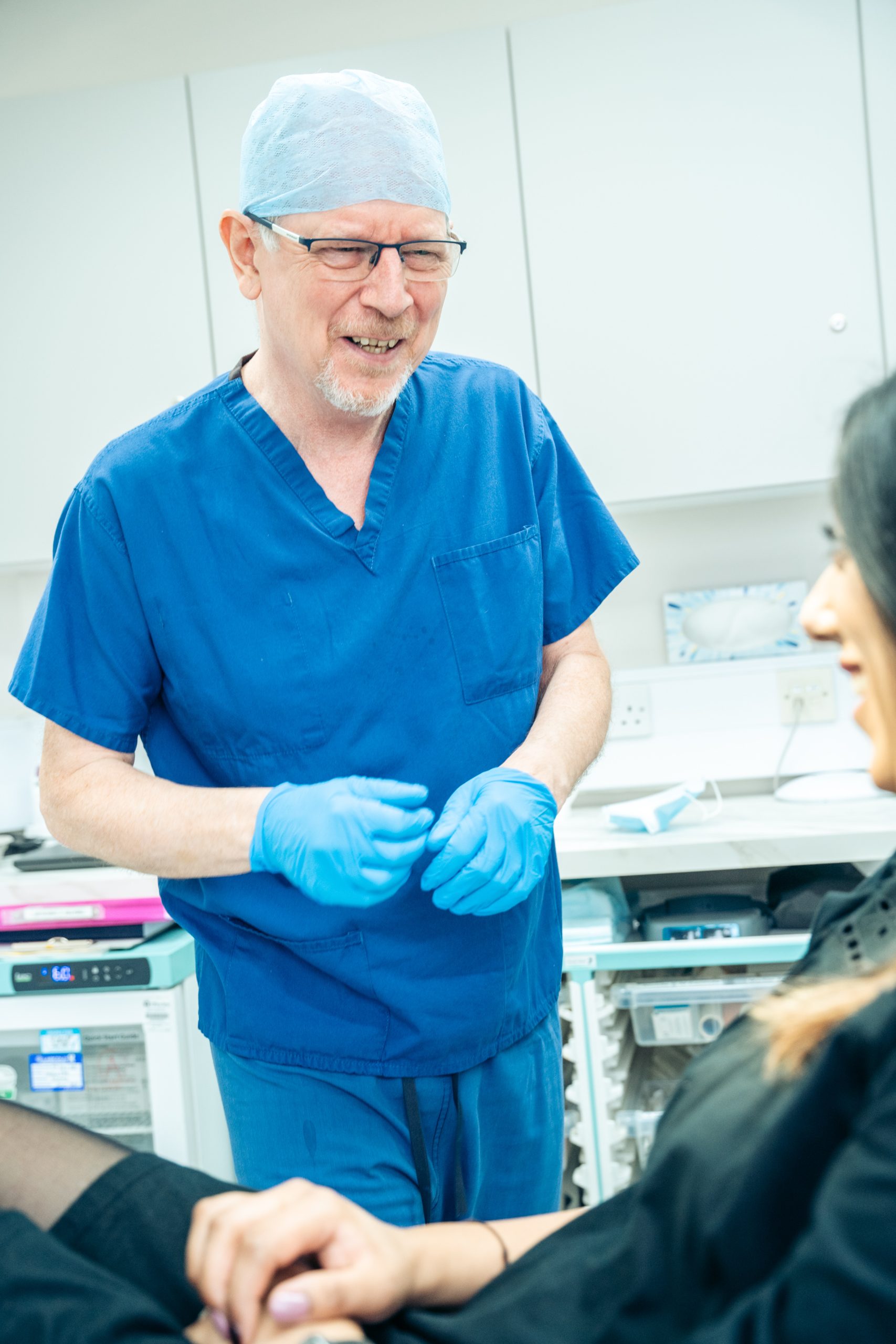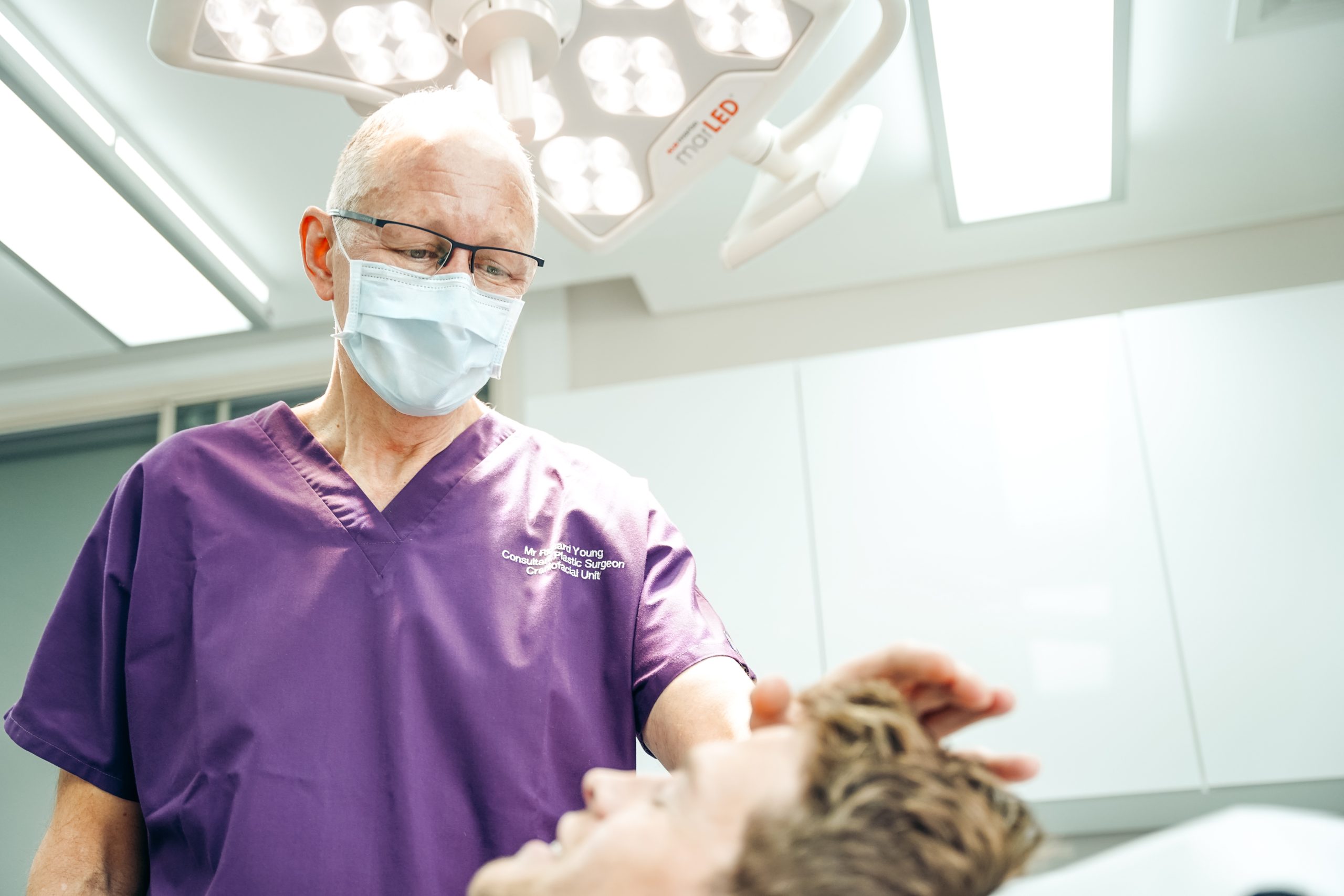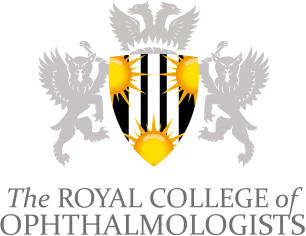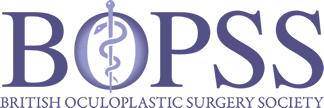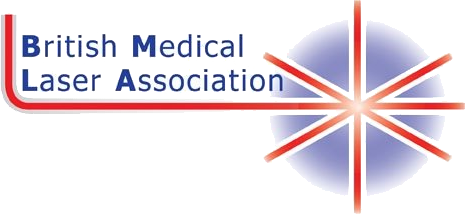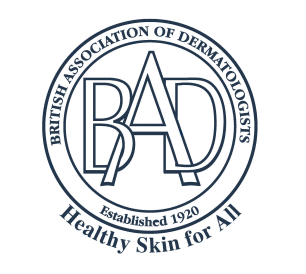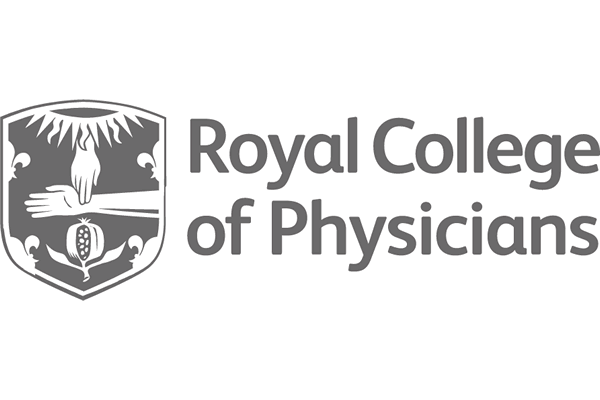About local anaesthesia
Local anaesthesia stops pain during a medical or surgical procedure by blocking pain signals from being carried by nerves to the brain. If you elect to have local anaesthesia, you will be fully conscious during your procedure.
Local anaesthesia works by completely blocking any feeling from the area being treated and you are fully awake during the procedure. Local anaesthetic drugs tend to only be used for short, simple operations such as stitching a wound, removing a mole or revising a scar. Depending on the drug used, the numbing effect can last from approximately two to eight hours.
Once the local anaesthetic drug(s) have been administered, you will start to lose sensation very quickly in the treated area. Your procedure only starts once your clinician is absolutely sure that the area is numb and that you are comfortable. It’s important to realise that local anaesthesia takes away feelings of pain, but you may still feel movement and some pressure during your procedure, which is all completely normal.


